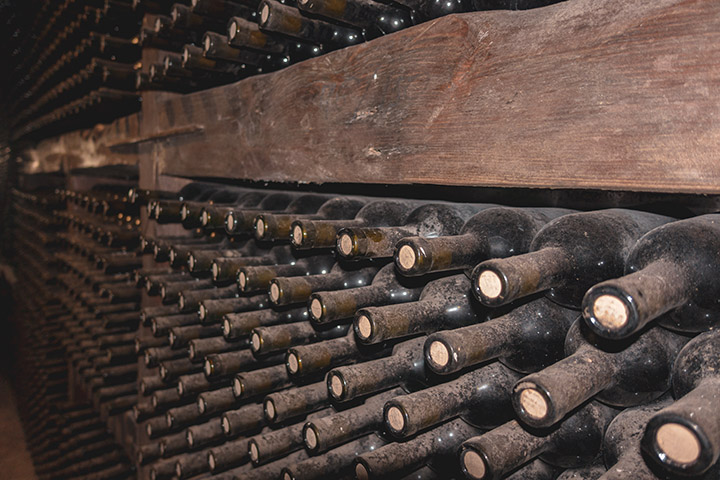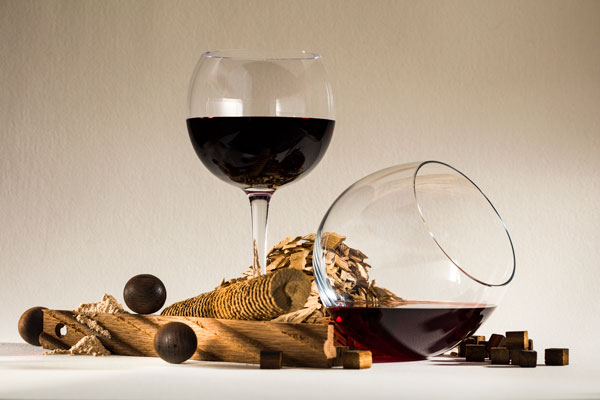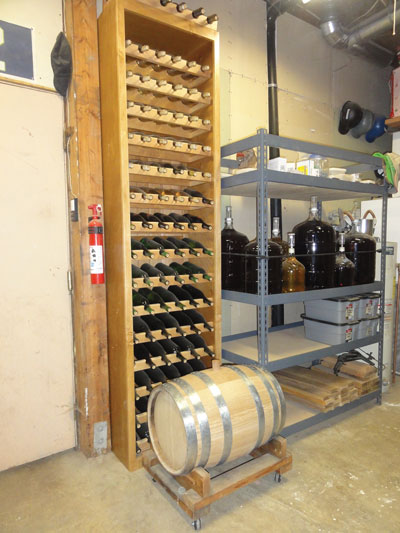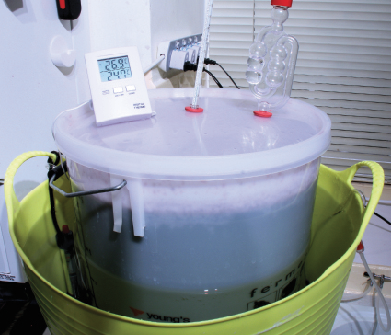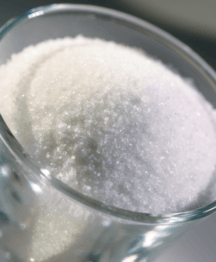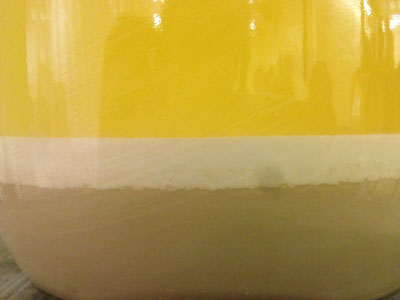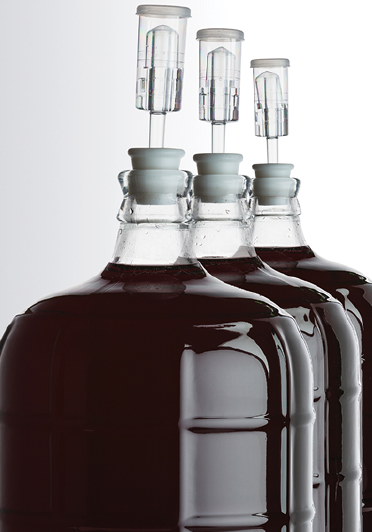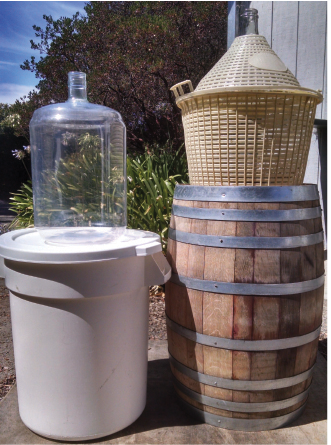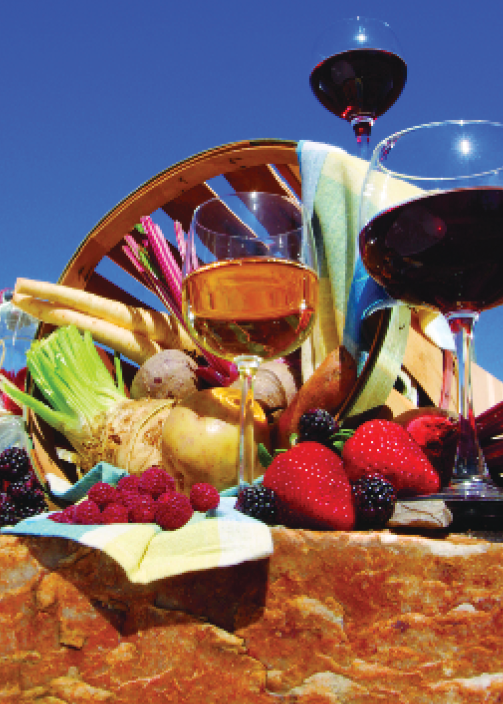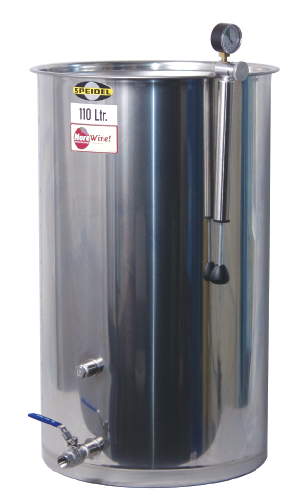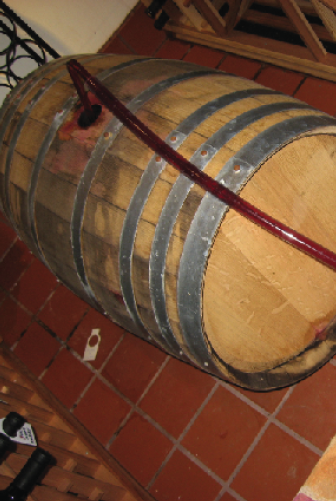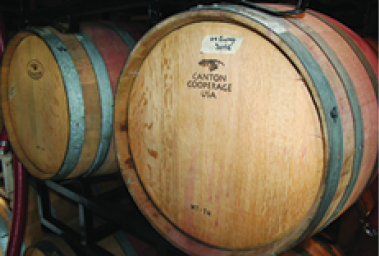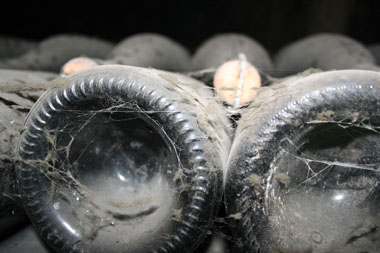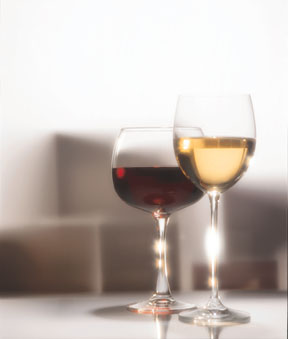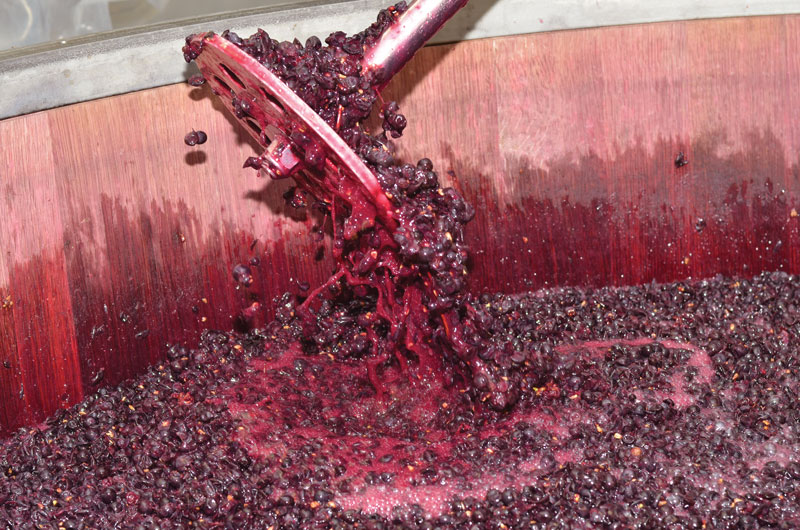Techniques
Topic: Aging
Making Age-Worthy Wines
Making a wine that benefits from long-term cellaring — be it red or white — requires high-quality grapes and a meticulous focus on the details. Explore the science and techniques required to craft an age-worthy wine.
Post-Fermentation Adjustments to Taste
When alcoholic fermentation is all wrapped up, most people assume that the wine is then mostly left alone to age. But winemakers know well that there are a lot of adjustments that can be made throughout the cellaring process.
Going The Distance: Crafting age-worthy wines
When you set your sights on making a “keeper” wine, one you plan to lay down for several years, there are certain techniques you can employ to make sure it doesn’t round the bend too soon. Learn how to make that wine worth holding on to.
The Importance of Temperature Control in Winemaking
Not properly controlling the temperature of your grapes, must, juice, or wine can have lasting impacts. Learn when and how to take control.
Backsweetening
Not all wines can or should be backsweetened, but that doesn’t mean you shouldn’t learn the process. Find out the basics of backsweetening.
Lees and You: Dead yeast can be your friend
Aging on fine lees has traditionally been reserved for Muscadets, white Burgundy wines, and classic champenoise-style wines, but that doesn’t mean you can’t utilize this with other wines. Learn the hows and whys of aging your wine on lees.
Aging Wine Kits: Tips From the Pros
Kit wines are often consumed fairly young, but great things can happen if you allow the bottles to age longer. Two supply shop owners give guidance and teach the basics of patience and best practices for aging kit wines.
Fermentation and Aging Containers
Fermentation and aging vessels winemakers have to decide between include oak, glass, plastic, and stainless steel. Each has its own pros and cons to be weighed.
Aging Country Fruit Wines
Wine is a dynamic chemical soup, constantly changing, evolving, reducing and oxidizing. From the moment it is made, its fate is sealed. Yes, it will improve, mature, reach a peak, and then
Using Variable Volume Wine Tanks
Over the past few years I have made larger and larger batches of wine, and as a result the number of carboys I use has really added up. Each year I try
Maintaining a Home Wine Cellar
Here are some tips and suggestions on cellaring your homemade wine and maintaining the cellar itself. The cellar “The cellar” has a wide range of interpretations for home winemakers. If you have
Bulk Wine Aging
There is more to cellaring bulk wine than meets the eye. Throughout the aging process, the winemaker is on a tightrope walk between intervening to prevent and correct problems while remaining relaxed enough to let good wine evolve naturally.
Make Wines to Age
It starts with great fruit, but to make age-worthy red wine the winemaker must also consider acidity, tannins, sulfur dioxide, oxygen, cellaring conditions, and how all of these factors (and others) relate to each other.
Quick Drinking Wine Kits
In this article I’ll be discussing “vinfanticide,” which is wines to drink on bottling day (or before). And in the next issue I’ll cover super-early drinking wines (under three months of age).
Negative Impacts of Oxygen
Positive effects of oxidation? How can that be? Winemakers know that oxygen negatively affects wine and they process wine with the utmost care to prevent oxidation. Two common winemaking practices that have
